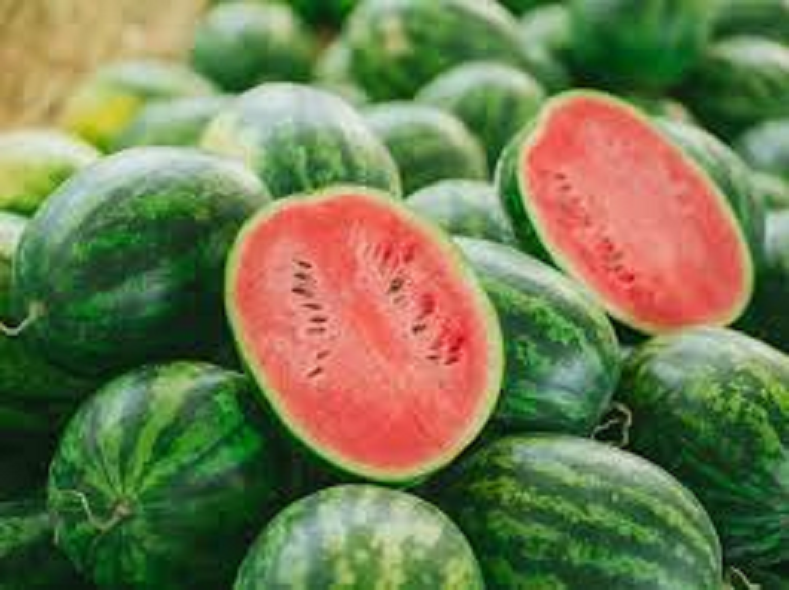How to identify chemically ripened watermelon? These 5 methods will work.
- bySherya
- 04 Jun, 2025

Watermelon is the most commonly eaten fruit in the summer season. It not only cools the body but also removes water deficiency. It is also delicious in taste. But now watermelons ripened with chemicals are also available in the market. In such a situation, let us tell you how you can identify watermelons ripened with chemicals.

If there is any fruit that is liked the most in the summer season, then it is watermelon. Cold and juicy watermelon is not only wonderful in taste, but it also helps in cooling the body, fulfilling the lack of water and improving digestion. This is the reason why the demand for watermelon increases rapidly in the market in summer. But as its demand increases, some shopkeepers and traders adopt the method of ripening watermelon with chemicals to earn quick profits. Usually these chemicals like carbide or other synthetic chemicals are used to ripen the fruits quickly and make them look more red.
Although they look attractive, they are very dangerous for health. Eating watermelon ripened with chemicals can cause stomach pain, vomiting, diarrhea, allergies, headache or even affect the liver and kidneys. Therefore, it is important that we should know which watermelon is real and which is fake. So let us tell you today in this article 5 ways with the help of which you can identify watermelon ripened with chemicals.
Watermelon Nutrition and Benefits
Watermelon is a fruit full of taste, which also contains many nutrients. It contains up to 92% water, which helps in keeping the body hydrated and does not let there be a lack of water in the body. Apart from this, nutrients like vitamin C, vitamin A, potassium, lycopene and citrulline are also found in watermelon, which provide many health benefits. Let us tell you that not only watermelon but its seeds are also beneficial. Ayurveda expert Kiran Gupta ji says that chewing watermelon seeds can fulfill the deficiency of protein. Watermelon also helps in improving digestion, skin, heart health and immunity.
1. Look carefully at the color of the watermelon peel
If the colour of the watermelon is unusually bright or a uniform green, then be cautious. Because natural watermelons have light and dark green stripes. On the other hand, chemically grown watermelons often have a uniform colour and look more shiny because they are prepared with polish or chemicals.
2. Is the pulp inside very bright red?
If the inner flesh of the watermelon is very bright red or looks synthetic, then understand that something is wrong. Watermelon ripened with chemicals has an unusually dark color and may have a slight tartness or strange taste instead of natural sweetness.
3. Foam or bubbles in the juice when cut
If the juice that comes out of the watermelon starts to foam or bubble as soon as it is cut, then this is a clear indication that chemicals have been mixed in it. This usually happens due to the addition of carbide or color by injection. Therefore, while buying the watermelon, first cut it a little and check it.
4. Pay attention to the condition and color of the seeds
Natural watermelon seeds are black or brown in colour and they appear fully ripe. But if the watermelon has been ripened chemically, then the watermelon seeds often appear light in colour and thin.
5. Recognize mild smells and tastes
Naturally ripened watermelon has a slight fresh and sweet smell. Whereas chemically ripened watermelon either has no smell or may have a strange strong or synthetic smell. Also, its taste is not less sweet and juicy.




